
Tags: Brian Hunt, British Columbia, faculty, food webs, IOF students, jellyfish, marine ecosystems, Pelagic Ecosystems Lab, Research
Researchers confirmed what was already known: jellyfish eat bigger prey as they grow, which means they also occupy a higher position in the food web as they grow. They also found that some of the concentrations of ‘healthy fats,’ increase as jellyfish grow. These changes might be influenced by their diet, and as they feed on bigger prey with higher levels of fatty acids, the jellyfish accumulate more of these fatty acids.

Let's celebrate women in science today and everyday!
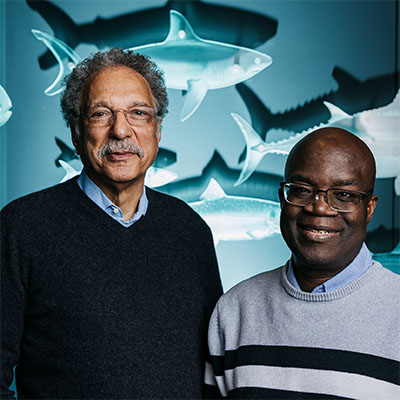
Tags: awards, biodiversity, conservation, Daniel Pauly, environment, High Seas, overfishing, Rashid Sumaila
The UBC Institute for the Oceans and Fisheries professors say winning this prize gives them an opportunity to spread an urgent and evidence-based message: all fishing on the high seas should be banned.
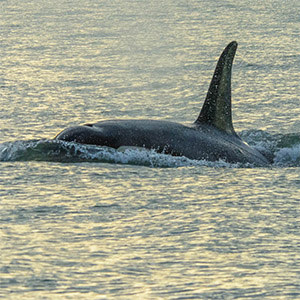
Tags: biology, Brian Hunt, British Columbia, faculty, fish, fish stocks, food webs, IOF students, killer whales, Pacific, Research, salmon, whales
If southern resident killer whales ate just low-lipid salmon, they would have to eat around 80,000 more Chinook salmon every year than if they just ate high-lipid salmon.
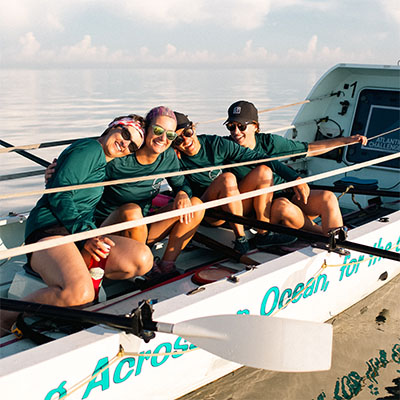
Tags: Atlantic, conservation, crowdfunding, International Day of Women and Girls In Science, IOF students, ocean, rowboat, team
The team of marine biologists, including IOF Master’s student Lauren Shea, will row across the Atlantic Ocean - a race that will run 24 hours a day for almost 2 months

This Prize honours exceptional achievement in research focused on animals whose conservation and welfare are affected by human activity.

Tags: Andrea Reid, awards, Centre for Indigenous Fisheries, faculty, Harmony Martell, IOF postdoctoral fellows
Assistant professor Dr. Andrea Reid, and postdoctoral fellow, Dr. Harmony Martell, joined the Explorers Club 50, class of 2023.
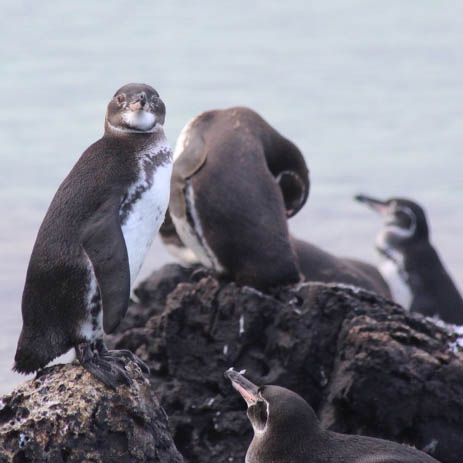
Tags: biodiversity, climate change, conservation, Galápagos, IOF Research Associates, IOF students, Juan Jose Alava, OPRU, penguins, pollution, Research
The Galápagos islands are under severe threat from ocean pollution, climate change, and illegal, unregulated, and unreported (IUU) fishing pressures
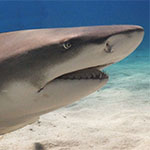
Nearly two-thirds of coral reef shark and ray species worldwide are threatened with extinction, a new study in Nature Communications, co-authored by the Sea Around Us’ Maria ‘Deng’ Palomares shows.
